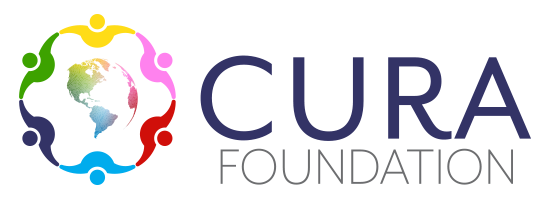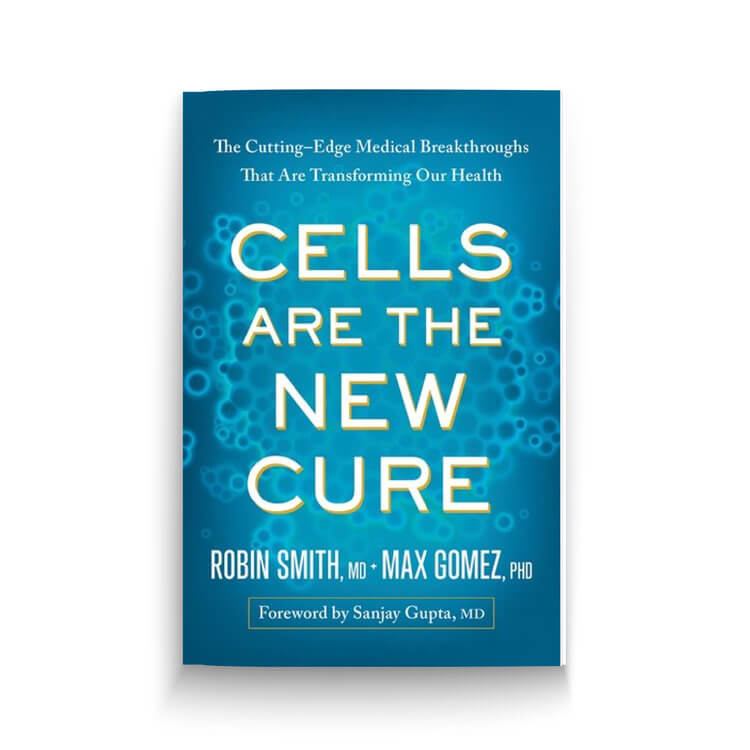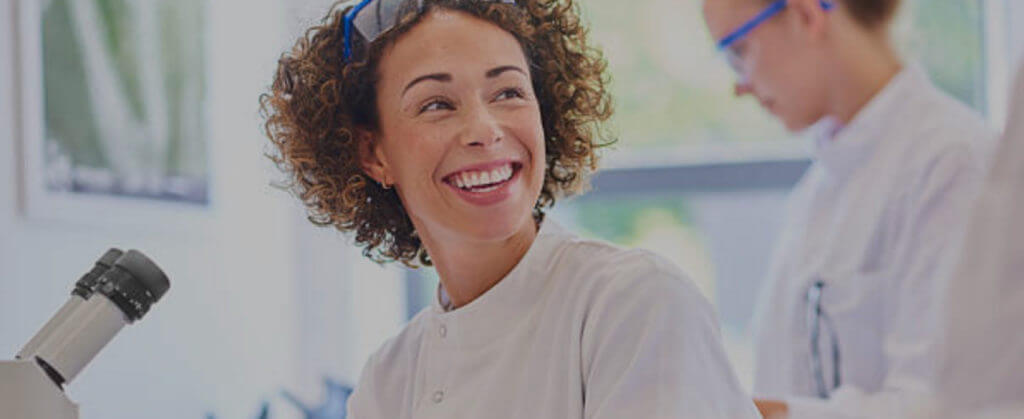Victoria Jackson shuddered uncontrollably when the doctor told her and husband Bill in 2008 that their 14-year-old daughter, Ali, had an extremely rare autoimmune ailment called neuromyelitis optica spectrum disease, or NMO for short. This was a serious illness with no approved medications, effective treatment or cure. The doctor explained that Ali’s eyes would be affected and she would go blind, and that her brain stem and spinal column would be attacked, eventually leaving her crippled.
As heartbreaking and demoralizing as the initial prognosis was, it got worse: Ali’s illness was terminal and she only had about four years to six years to live.
For people like Ali, the malfunctioning immune system proceeds to seek out and destroy crucial myelin cells, the protective covering around many nerve fibers in the eyes and spinal cord. Symptoms include rapid onset of eye pain or loss of vision, partial paralysis, shooting pain or tingling in the neck, back or abdomen, and prolonged vomiting. Ali Guthy has had 16 NMO attacks over the years, with each assault further damaging new areas of myelin.
Like most of the 80 types of autoimmune diseases, NMO typically fluctuates between periods of remission, with little or no symptoms, and flare-ups, where the symptoms worsen. Infants as young as 23 months and adults in their 90s have been affected. With no curative therapy, treatment for NMO has focused on symptomatic relief.
Immunosuppressants are the first line of therapy for NMO and these drugs help reduce the occurrence of attacks. But other drugs, including the cancer medication Rituxan, are often used off label to prevent relapses. “Ali swallows two bags of pills a day,” said Victoria, “but the dire prognosis we had originally been given has not come to pass. Her immunosuppressants and other drugs have kept her alive and happy over the years and she recently graduated from college, where she was president of the student body. “
Ali, like her two brothers, was a pretty healthy kid, so her NMO diagnosis came out of left field. It all started when she had lost her ability to see color and had trouble with her vision. Victoria thought she had a bad eye infection. After learning of the diagnosis, Victoria immediately went to the Internet. “We found about four sentences written, and the word fatal was in each of them.” Even more distressing: It seemed that Dr. Brian Weinshenker, a neurologist at the Mayo Clinic, was the only person in the world actively researching the disease. As Victoria soon found out, that’s because a medical condition like NMO is considered a “rare” disease.
“By definition,” said Steven Groft, the former director of the Office of Rare Diseases Research for the National Institutes of Health, “that’s a disease that affects fewer than 200,000 people. There are approximately 7,000 different diseases that fall into this category and less than 10 percent have an effective treatment.” It is difficult to find the research funding for rare diseases as these obscure diseases have such few candidates for a potential therapy which makes focusing on them difficult for a pharmaceutical or biotechnology company that have investors to consider.
Undeterred and infused with a life-and-death urgency, Victoria and Bill began their difficult journey to the front lines to save their daughter from a rare disease that threatened to take her life before her high school graduation. Jackson, the creator of the successful Victoria Jackson Cosmetics line, and her husband, who co-founded infomercial marketing giant Guthy-Renker LLC, have now spent millions of dollars of their own money since launching and funding the Guthy-Jackson Charitable Foundation in 2008.
Surprised and then angered to find the relative nonexistence of basic research, these business people-turned-philanthropists had the goal of fostering and catalyzing global research efforts to discover and develop a therapy that will help Ali and the hundreds of thousands of others globally who are affected by NMO.
“After Ali’s diagnosis, my focus went from mascara to medicine,” Victoria said. “I had to educate myself about medicine and autoimmune disease, start a national conversation about NMO where there was none and then help find a cure for a disease that had been totally ignored by researchers. Bill was the funder and I became the finder whose job it was to track down the top scientists around the world and then convince them to work on NMO.”
Both Victoria and Bill are successful self-made entrepreneurs who applied principles that they had used in creating their respective companies to then help build their new medical philanthropy. Since its launch, their Guthy-Jackson Charitable Foundation has personally backed dozens of NMO research projects at top medical institutions around the globe, created and hosts an annual three-day NMO-dedicated conference in Los Angeles that gathers all leading NMO researchers into one room and pays to fly in patients with NMO to attend the conference. Next month the foundation is sponsoring the first-ever NMO conference in Africa and supports international NMO Patient Days, bringing patients and stakeholders together for a day of education and sharing.
Because of increased focus on the disease, there may be up to 250,000 or more NMO patients worldwide. Still, drug companies have less business incentive in finding a treatment for this rare illness. But, as Henri Termeer found out years earlier, treating rare disease can be profitable. Termeer, the president and CEO of Genzyme Corporation, spearheaded his company’s efforts to come up with a drug for Gaucher disease, a rare debilitating genetic ailment that affects the bones and liver. After ten years of researching and testing, Ceredase was developed, and has now earned billions of dollars for the company after its approval by the Food and Drug Administration in 1991.
Last year, the FDA approved a record 17 medications for rare diseases. More than 450 other medications are now in development, thanks to philanthropists like Bill Victoria and patient-advocacy groups that are getting better at raising research dollars and using social media to recruit patients for rare disease clinical drug trials.
“Thanks to Bill’s and Victoria’s time, expertise and passion, 175 researchers in 30 countries are supported in their NMO work,” said Michael Yeaman, Ph.D., Professor of Medicine at the David Geffen School of Medicine at UCLA. “Many companies are now in pursuit of NMO treatment, including Opexa Therapeutics, Alexion, Chugai and Medimmune, and clinical trials are underway. The idea that we may re-educate the immune system to overcome its loss of tolerance is one of the most exciting directions that we are heading right now with NMO therapy. And if it works for NMO, it may work for other autoimmune diseases as well.”
Beyond traditional approaches, the foundation has made it a point to push the envelope in understanding the disease and finding a cure. It has engaged leading-edge companies and collaborators from Verily (Google Life Sciences), to the Immune Tolerance Network and NIH, to other special interest capabilities in its mission to solve NMO.
“Our work with the Foundation has been heavy lifting, but I am blessed that Bill and I have the money to pursue a cure. Going from making lip gloss to then spending time with the smartest medical people in the world, and now preparing to go to the Vatican next April to speak at the Conference on the Progress of Regenerative Medicine, has been quite an experience.”
“At the end of the day, the power of love drives all of our efforts,” admits Victoria. “We want to cure our daughter.”
For more information on the Guthy-Jackson Charitable Foundation please visit www.guthyjacksonfoundation.org or download NMO Resources by The Guthy- Jackson Charitable Foundation on your Apple or Android device. For more information on the Stem for Life Foundation please visit www.stemforlife.org.









